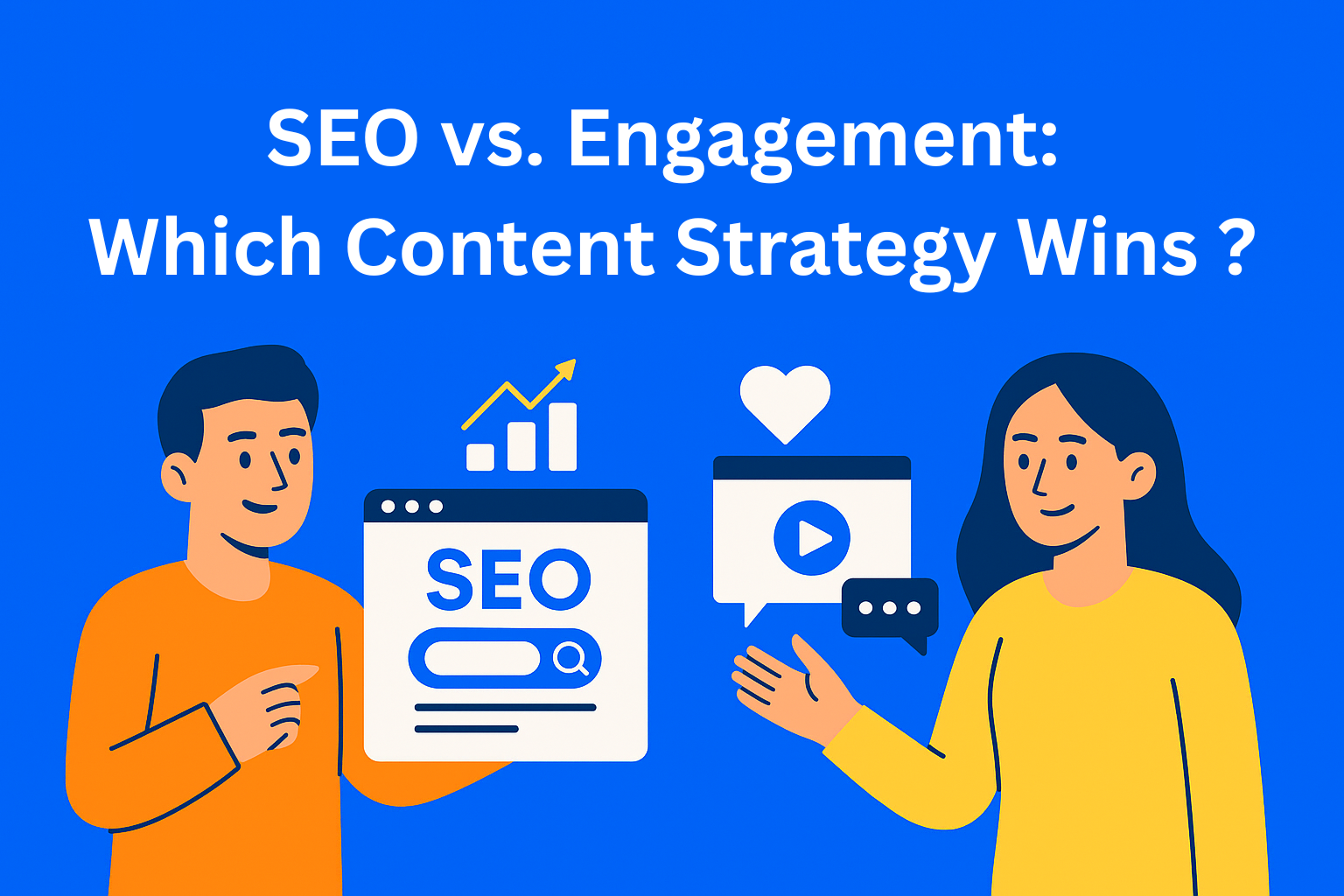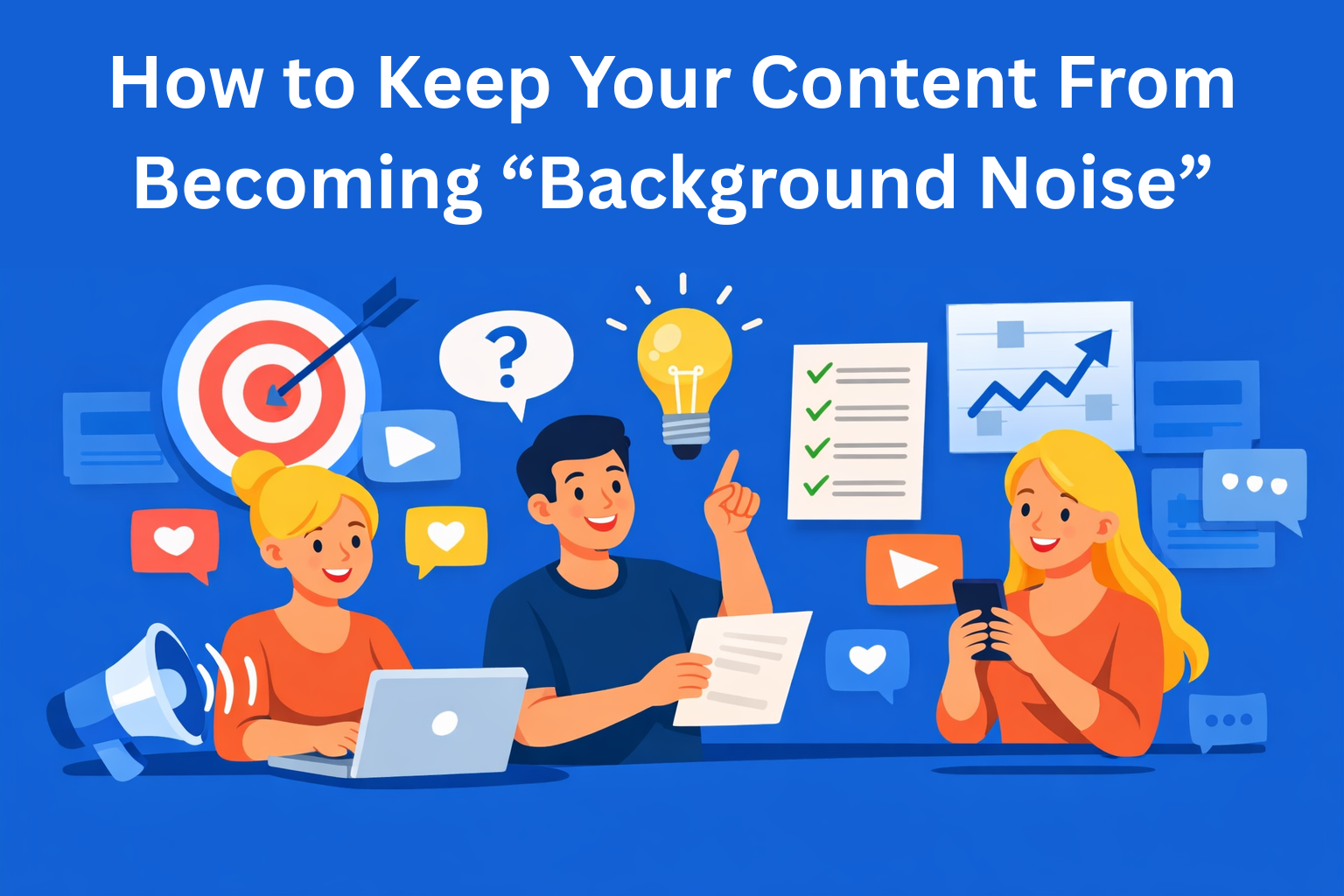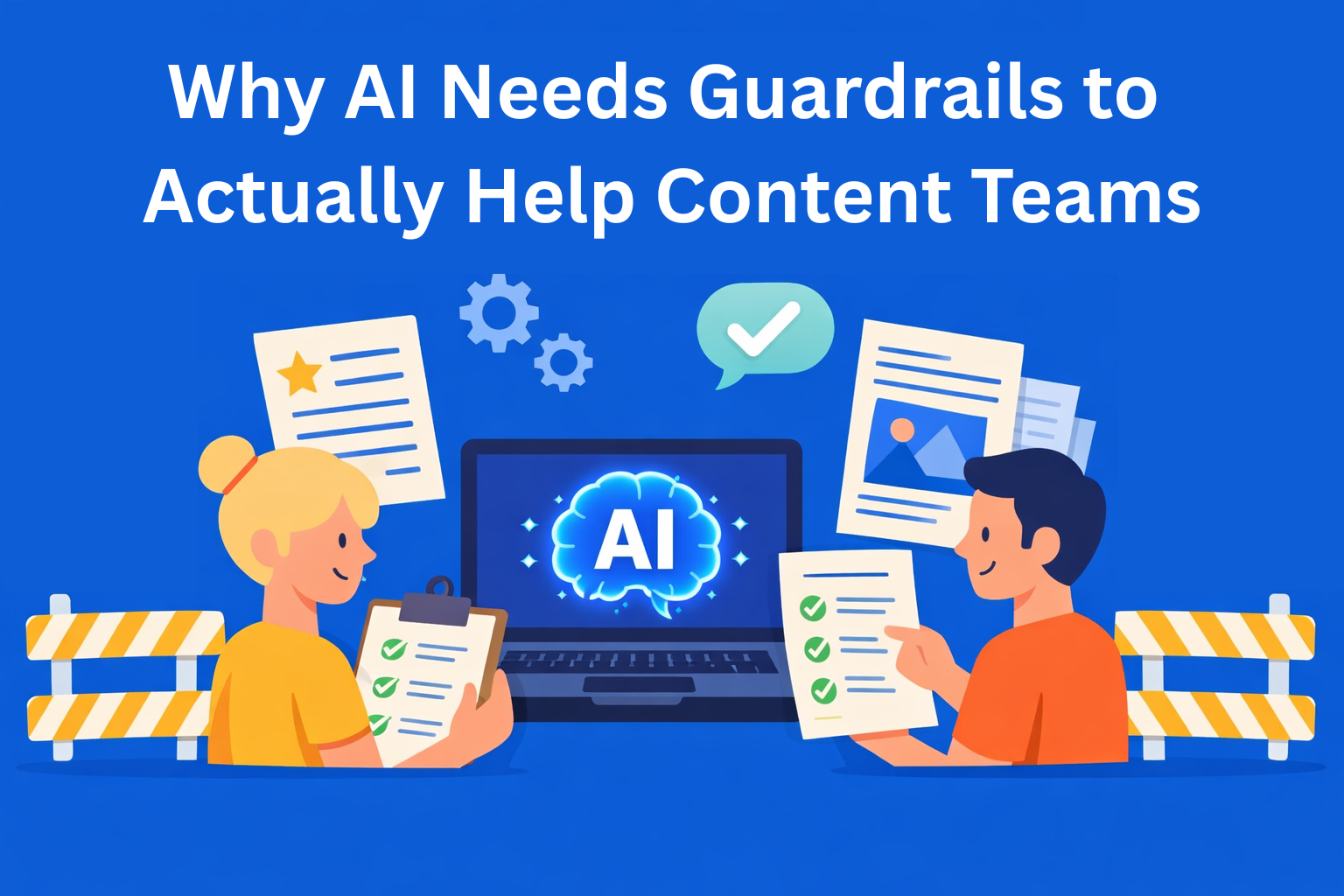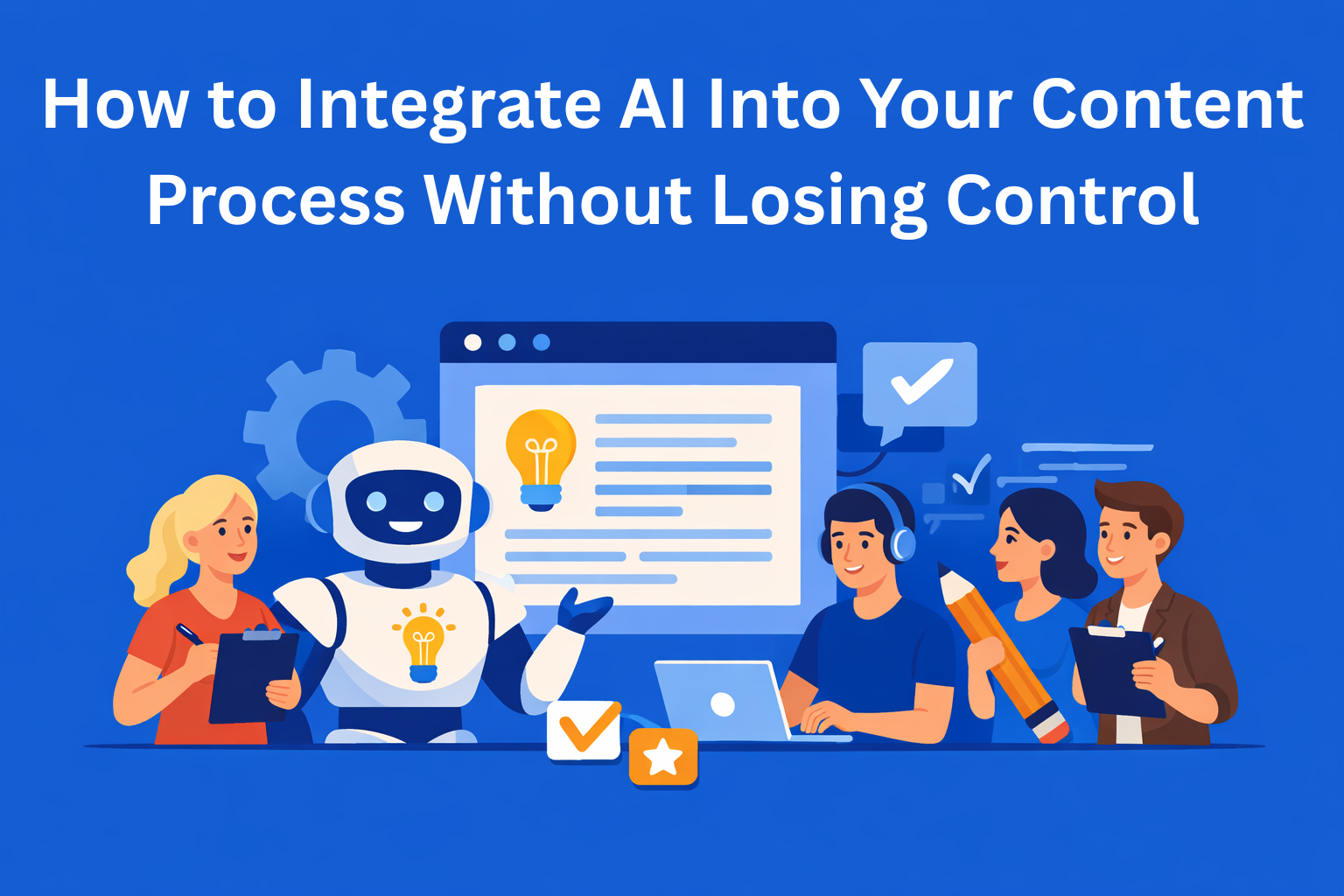Content Strategy for SEO vs. Content Strategy for Engagement
Should you write content for SEO or real people ? Learn how to balance SEO with authentic engagement, create content that ranks and resonates, and build a strategy that drives both clicks and connection.

"Should I write content for Google or for people?" You've probably heard this question before-or asked it yourself. And honestly, it's one of the key dilemmas in any content strategy.
These two approaches can work together, but they’re applied differently, measured differently, and require different ways of thinking. Let’s break it down and see how you can combine both in your strategy.
Key Takeaways
- SEO strategy brings visibility - it helps your content rank on Google and attract organic traffic, but it must still feel natural and helpful to the reader.
- Engagement strategy builds connection - storytelling and emotional tone increase time on page, shares, and comments.
- You don’t have to choose one or the other - combining SEO structure with engaging delivery creates the most powerful content.
- Balance your headlines and tone - write titles that are clear for search engines but intriguing to people.
- Use layout to help engagement - subheadings, bullet points, bold text, and readable flow improve user experience and retention.
- Collaboration tools make the process smoother - platforms like EasyContent help teams align SEO, tone, and workflow in one place.
SEO Strategy: Writing for Search Engines (but still for people)
An SEO-focused content strategy helps you rank higher on Google and other search engines. The goal is to be found when people search for what you offer. Here, the focus is on things like keyword research, meta tags, link building, and of course, search intent.
Let’s say you have a blog about digital marketing and you’re writing a post titled “Best SEO Tips for 2025.” You want people searching for that topic to land on your post. The point is to drive as much organic traffic as possible.
Many forget that SEO isn’t just for robots anymore. Google is smart enough to tell when a post sounds artificial, with keywords forced in just to climb rankings, versus when it's genuinely useful content.
Engagement Strategy: Writing for Emotion and Interaction
This time, you’re not writing for an algorithm - you’re writing for real people. The goal is to catch their attention, get them to stay, comment, share, or click on a call-to-action. In short, to feel like they’re having a real moment with you.
Engagement content is usually more about storytelling and less about keyword stuffing. For example, instead of “Best Newsletter Marketing Tactics,” you write something like: “How I Increased My Open Rate by 300% Without Any Growth Hacks.”
For this kind of content to work well, you need to know who you're talking to, how to talk to them, and what resonates emotionally. And for a team to create content like this together, collaboration has to be smooth. That’s where EasyContent really shines - it lets everyone work in real time, leave comments, and follow the workflow so nothing gets lost or buried.
| Element | SEO Focus | Engagement Focus |
|---|---|---|
| Goal | Organic traffic | Audience interaction and retention |
| Format | Blog guides, evergreen content | Story posts, carousels, videos |
| Method | Keywords, structure, meta tags | Tone of voice, storytelling, emotion |
| Success Metric | Clicks, Google ranking | Comments, shares, time on page |
Can You Have One Without the Other?
Sure, but why would you?
Maybe you have a post that ranks great on Google, but no one clicks because the headline isn’t appealing. The SEO is there, but people just aren’t drawn in. On the flip side, maybe you create a post that goes viral on LinkedIn (tons of comments and shares), but try finding it on Google a few days later… good luck. Why? Because you used language and style that people don’t search for.
In practice, SEO content often feels dull, like it was written for a machine. And engagement content, while fun and viral, tends to disappear fast if no one can find it later. Both have downsides if you rely on only one.
How to Combine SEO and Engagement
Here are a few easy tactics you can apply right away:
- Start with what people are actually searching for on Google - but write like you’re having coffee with someone, not talking to a robot.
- Add a CTA, like: “What do you think?” or “Has this happened to you?” This opens up space for dialogue and invites people to engage.
- Make your content easy to read - use subheadings, bullet points, and bold to help people scan through quickly. But don’t forget flow and storytelling. Write in a way that pulls the reader in and keeps them engaged.
- Mix technical precision with emotional appeal in your headlines. A good title should make sense to Google and sound interesting to humans. For example: “Top 5 SEO Strategies (That Actually Work in 2025)” - it’s clear, but also intriguing.
If you’re working in a team, all this gets way easier if you have ready-made templates for SEO content, where you can also add guidance about tone, audience, and storytelling. EasyContent lets you do that as well. You can create customizable templates for any project you’re working on, track changes in real time, assign roles to your teammates, and much more.
Conclusion
At the end of the day, real success comes from balance. SEO brings people to your site. Engagement makes them stay, talk about you, and come back for more. You don’t have to choose just one - the key is knowing when each one matters more.
If you’re managing a content team, use tools that help you stay organized without going crazy. EasyContent can help you do exactly that.
SEO + Engagement? Now that’s content marketing for 2025.






